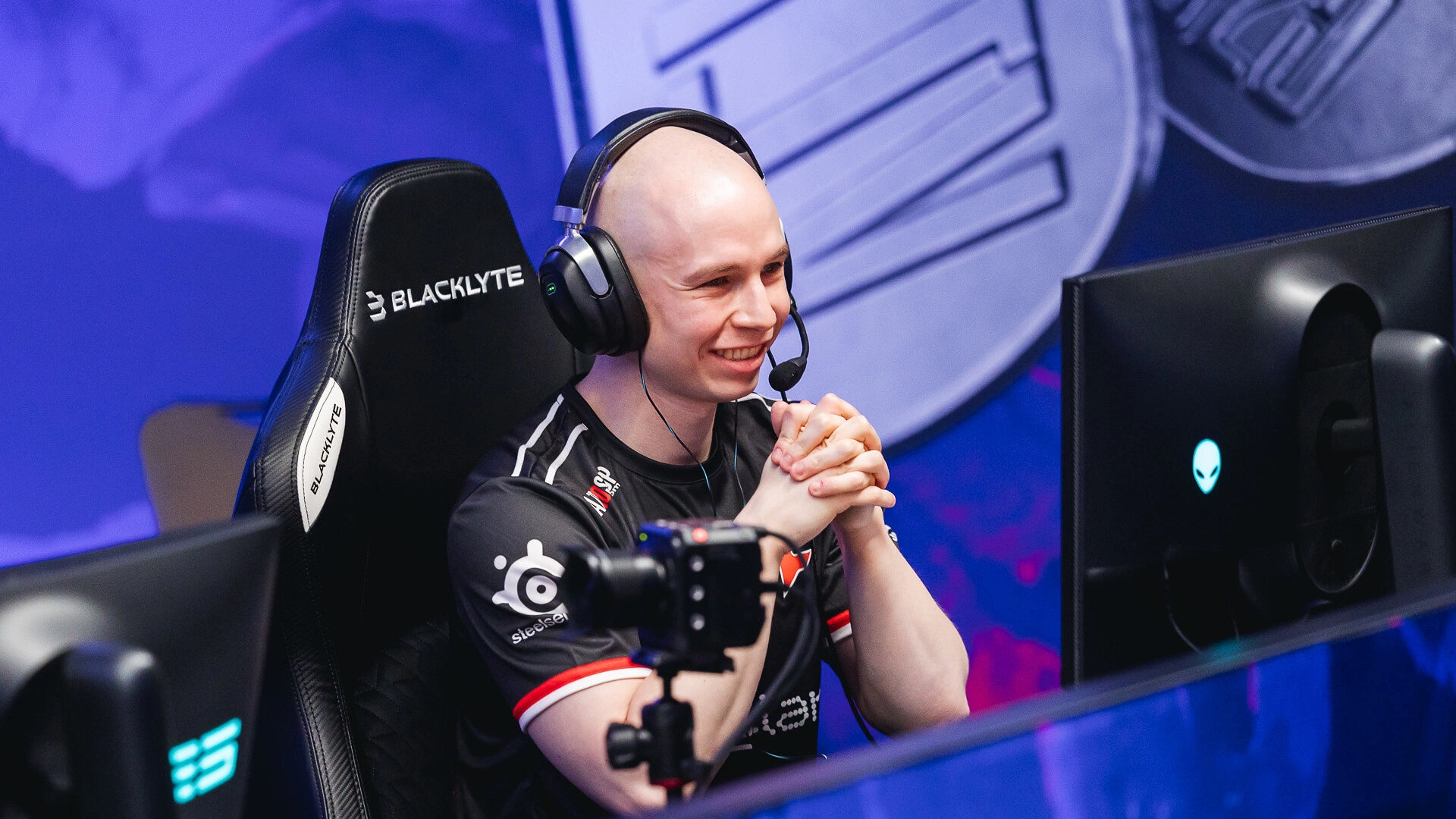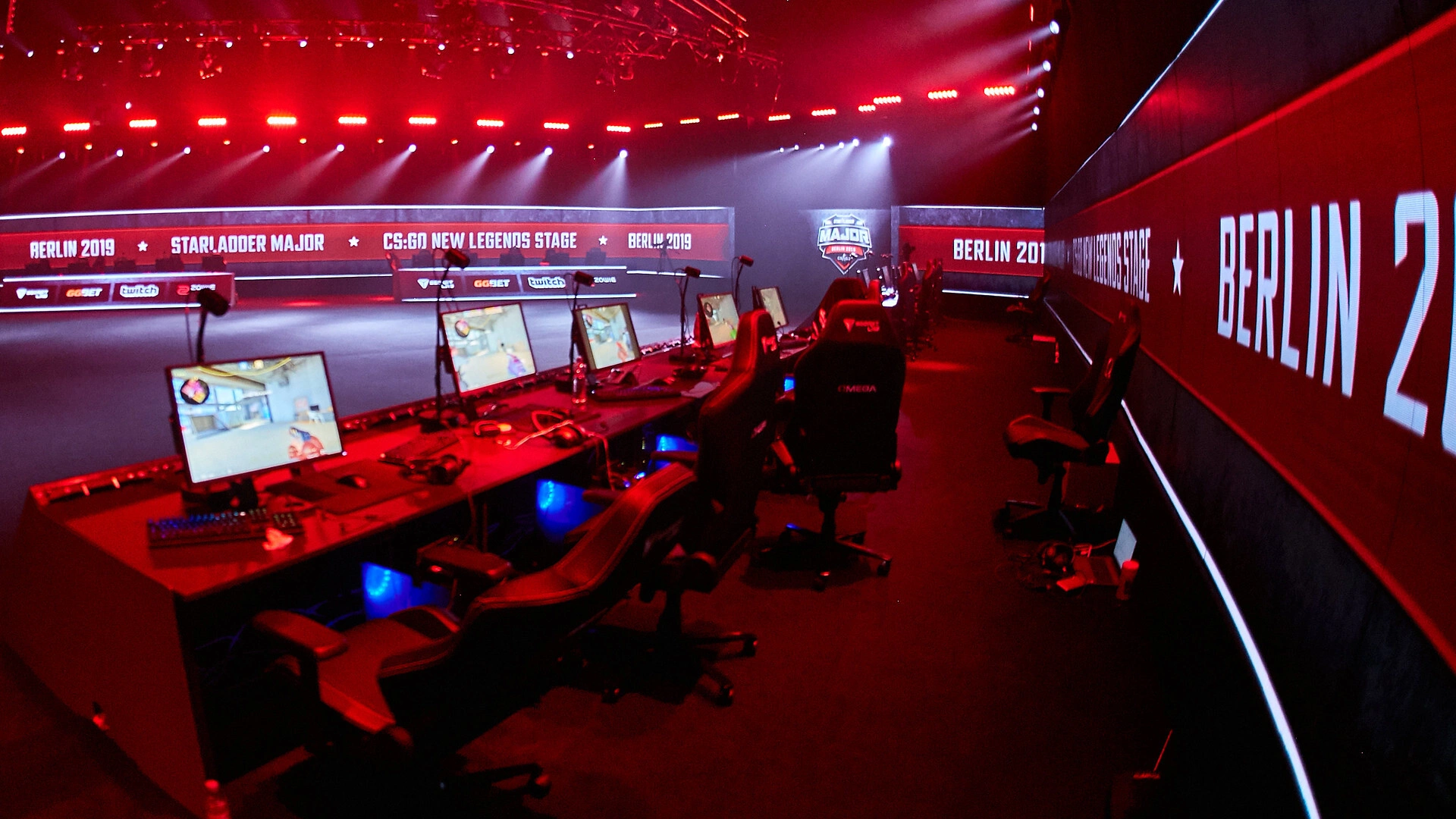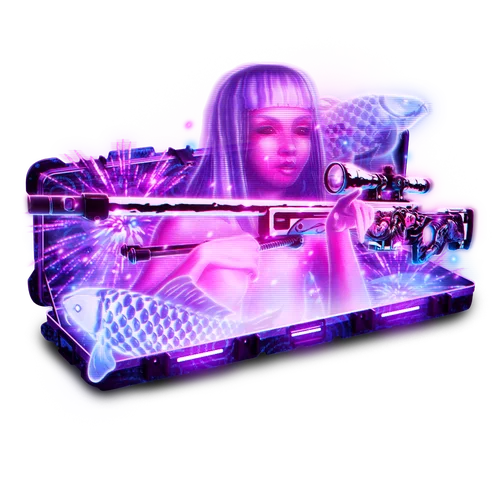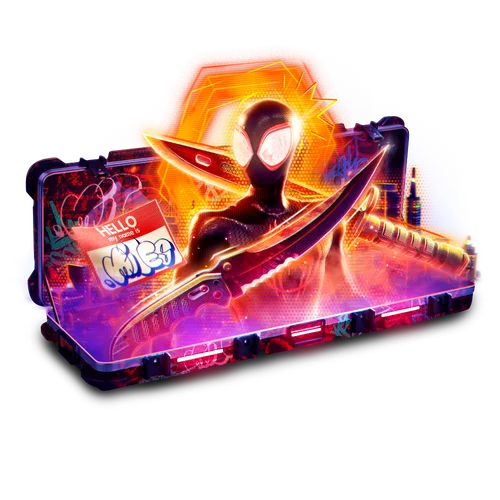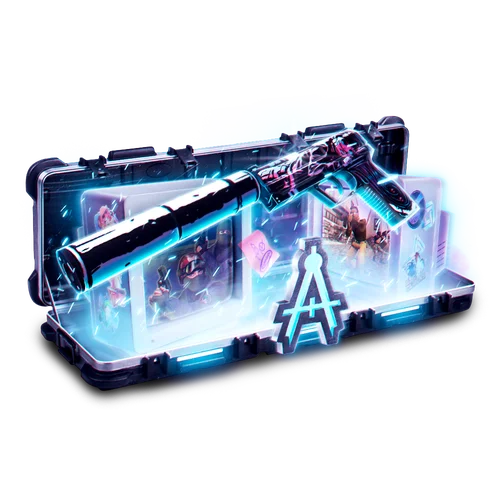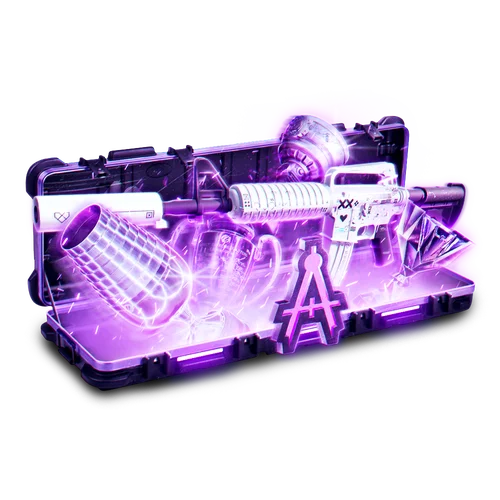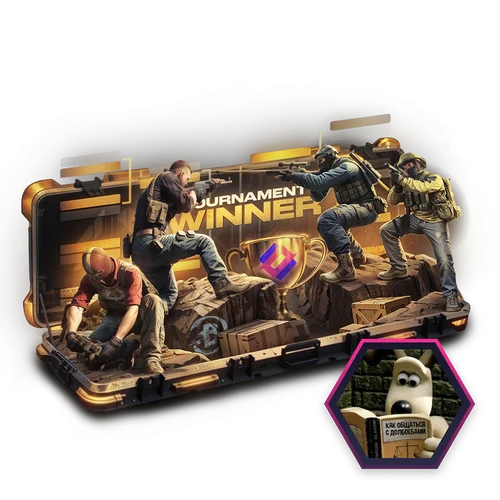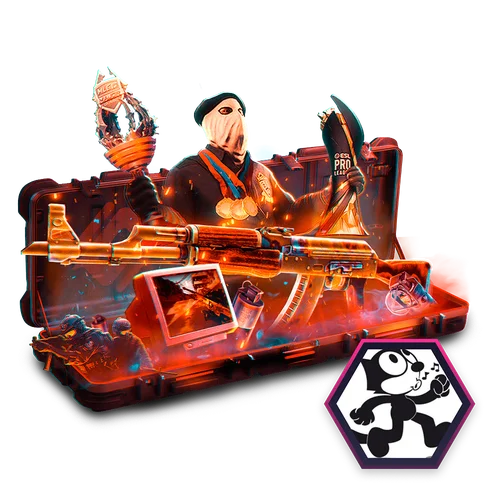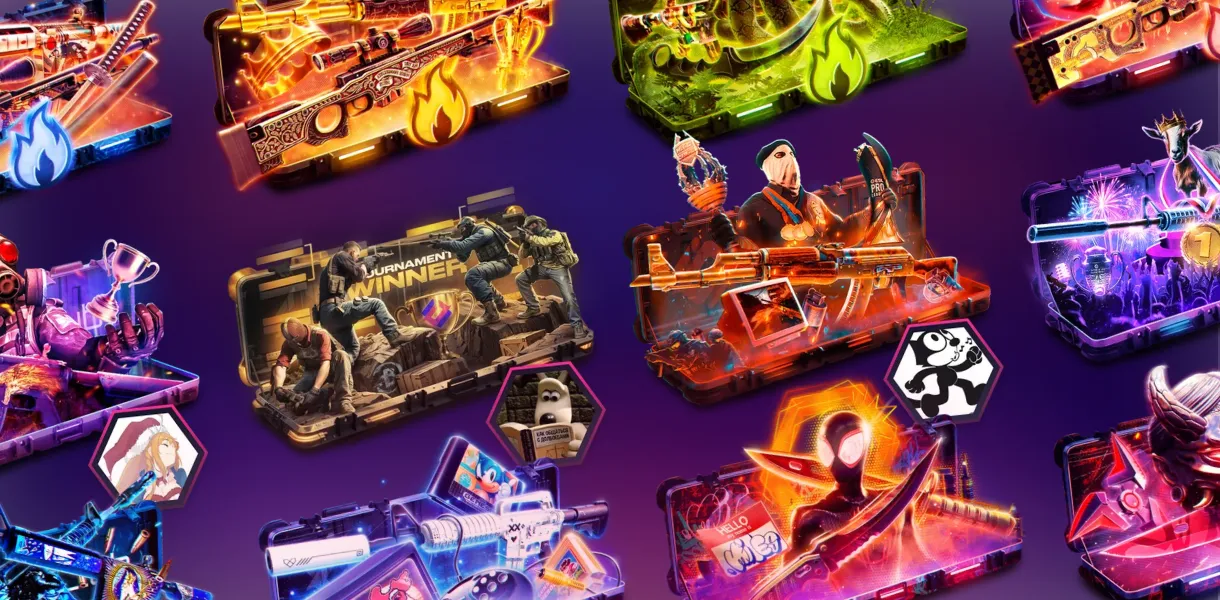Despite its return to the active map pool in 2025, Train turned out to be the least in-demand map among professional teams. According to HLTV, over the past six months, Train was played only 487 times, while for comparison, Dust2 was played 1374 times. This shows a significant drop in interest in the map, even after its “renaissance.”
Key Reasons for the Drop in Popularity
Tactical Complexity
Train features narrow corridors and complex angles for attackers, making it less appealing for teams that prefer more open and dynamic maps.
FL1T (Virtus.pro): “Train has always been a tough map for the T-side. In CS2, this became even more obvious due to gameplay mechanics and map updates.”
Side Imbalance
Shift in side balance — According to recent statistical data, the CT side wins 53.2% of rounds, which at first glance suggests a defensive advantage. However, in practice, many teams believe that the T side has more space to maneuver, leading to gameplay instability and increased risk in competitive matches.
Low Pick Rate in Pro Matches
Top-tier teams tend to avoid Train during vetoes, favoring Mirage, Inferno, Nuke, or Ancient instead — maps that offer better balance and flexibility.
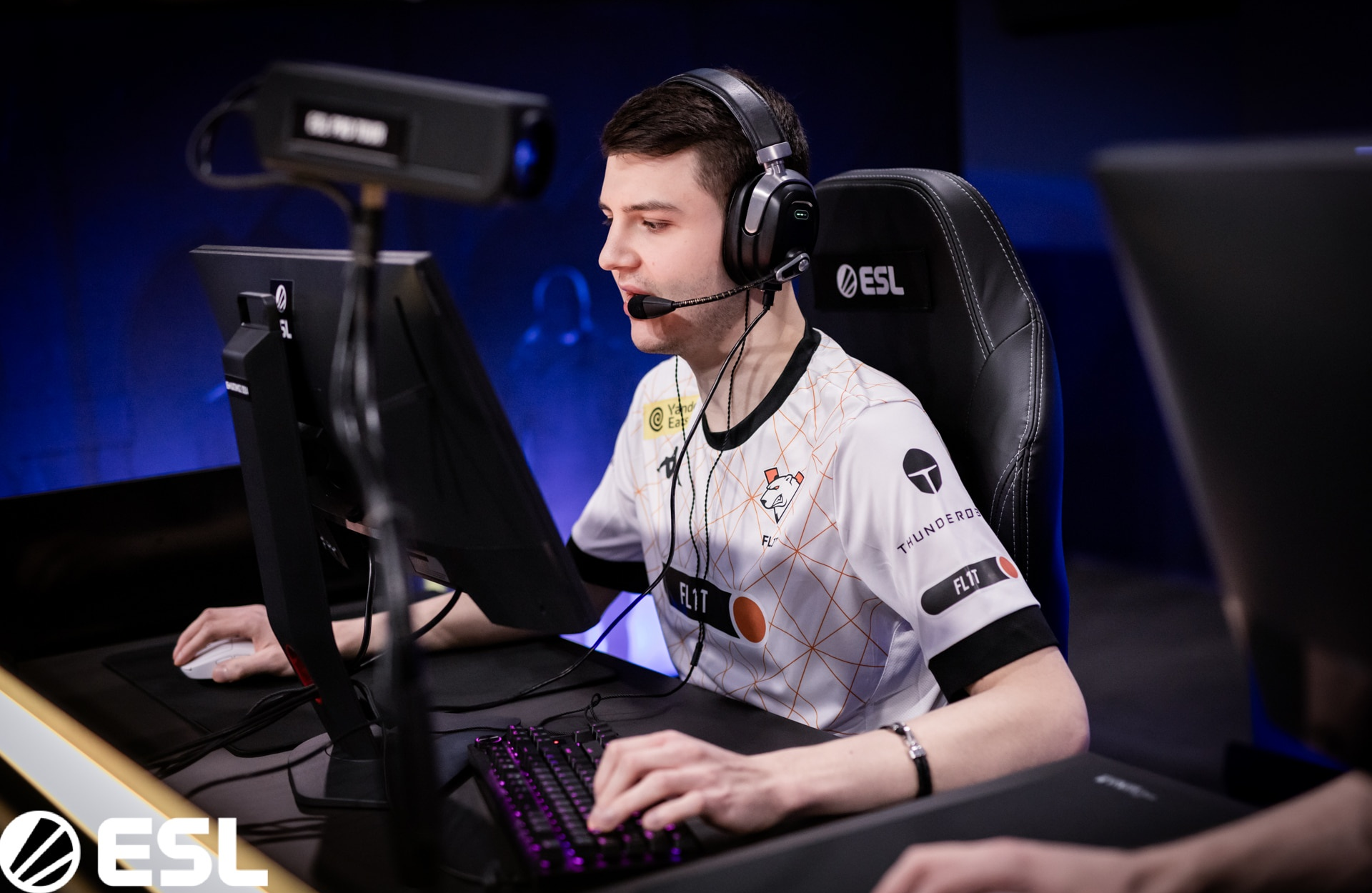
READ MORE: TeSeS Opens Up About Defeat, Adaptation, and the m0NESY Effect in Falcons
Current Map Pool Statistics in 2025
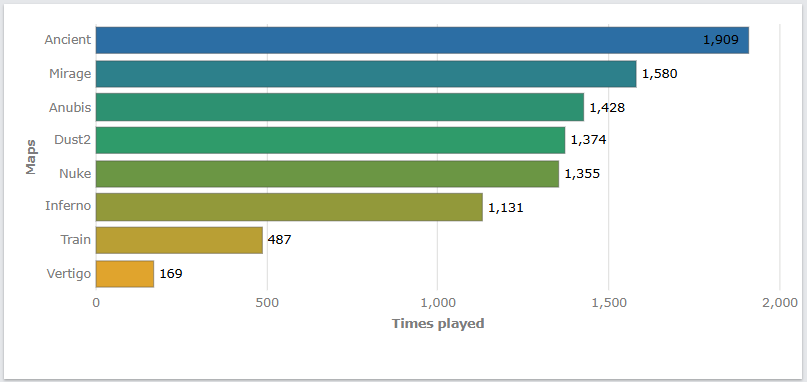
Train ranks last in play frequency among the current competitive maps, with a noticeable gap between it and others.
Comparison with Other “Complex” Maps
Train is often compared to other tactically demanding maps such as Nuke and Ancient, which also require a high level of communication, timing, and strategy. However, unlike Train, these maps remain popular in the pro scene.
Why Nuke and Ancient Remain Popular:
- Gameplay Flexibility: Nuke allows both aggressive and defensive plays, with fast rotations between sites through vents. Ancient offers wide pathways and open zones, which support varied tactics.
- Modernized Design: In CS2, Nuke received improved visibility and optimizations that simplified gameplay. Ancient was designed with modern gameplay flow in mind, ensuring balance and clarity.
- Positive Community Reception: Players are more comfortable practicing Nuke or Ancient, as these maps frequently appear in matchmaking and major tournaments.
Why Train Falls Behind:
- Low Variability on T Side: On Train, T-side rounds often come down to standard A or B executes, with limited routing options and strong defensive control.
- Outdated Design: Even after being updated for CS2, Train still feels narrow — both literally and in terms of tactical depth.
- Visual Clutter: Complex geometry, train wagons, and heavy use of smokes make orientation difficult, especially for newer players.
Thus, even among other complex maps, Train lacks the same tactical depth and flexibility, making it a less attractive choice for teams of any level.
Side Advantages and Drawbacks on Train in CS2
CT Side: Decline of Former Strengths
In CS:GO, Train was known as a “defender’s map,” where smart positioning around the trains and control of narrow choke points allowed teams to consistently hold off attacks. However, in CS2, this balance has significantly shifted.
Pop Dog and Heaven — once key CT positions, have lost their effectiveness. Pop Dog is now a simple ladder spot that can easily be cleared with a flash. Heaven has lost its line of sight due to architectural changes.
A Site — the reduced number of trains has limited tactical depth. Two flashes and a smoke are often enough to secure the site. Holding it on defense has become much more difficult.
Map control — Upper B used to allow defenders to monitor crucial entry points, but now a new building obstructs that vision, weakening overall CT awareness.
T Side: Freedom and Improvisation
It’s easier to take positions due to fewer strong defensive holds.
The gameplay now revolves around shooting mechanics and individual initiative. Retakes for the CT side have become significantly harder.
After securing the plant, attackers gain favorable post-plant setups that make it easier to maintain control.
Although official stats show a higher win rate for CTs, practical experience suggests the T side adapts more effectively to the current version of the map — creating a widespread sense of imbalance.

READ MORE:Zonic Amazed by m0NESY’s Rapid Integration into Falcons
Who Plays Train Best in 2025?
Despite its low popularity, a few teams have managed good results on Train:
- Virtus.pro — 60% winrate, consistently include Train in their pool.
- Monte — 62.5% winrate, mostly in tier-2 events.
- 9INE — 52.9% winrate, play it occasionally with moderate success.
Most elite teams, including G2, FaZe, and Vitality, avoid the map entirely.
Although Train has a legendary history in CS:GO, it has proven to be poorly adapted to the modern realities of CS2 in 2025. Its rigid structure, CT-sided advantage, and lack of player interest have made it the least popular map in the competitive pool.
































